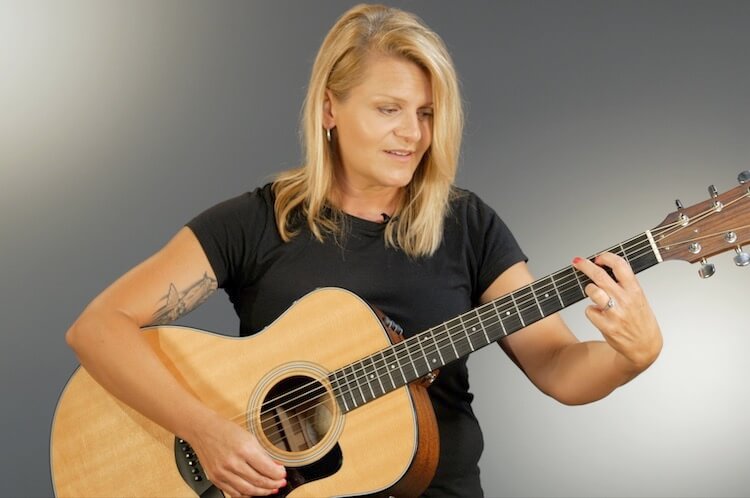
On this page, you’ll learn how to play the G chord on guitar, then you can play along with free lessons to help you practice on your own.
The G major chord is one of the first chords beginner guitar players learn to play, and it’s really easy—you’ll just need three fingers.

In the video below, we’ll teach you exactly where to put your fingers.

First, take your first finger on the second fret of the fifth string.
Remember: the order of the strings goes from the thinnest to the thickest.
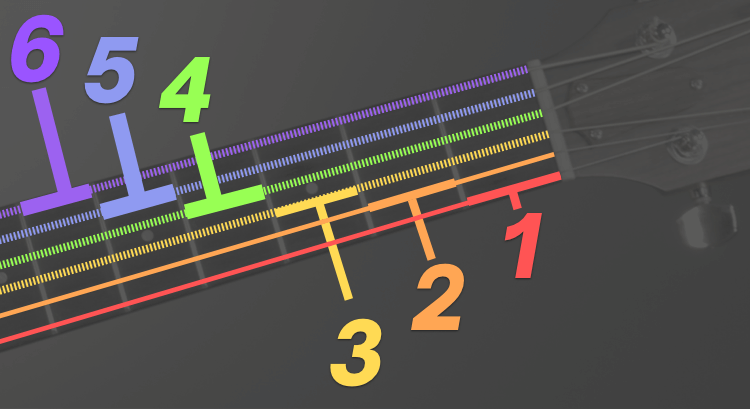
And when we say second fret, we don’t mean on the second fret itself.
No, we mean in the space just behind it, closer to the headstock of the guitar.
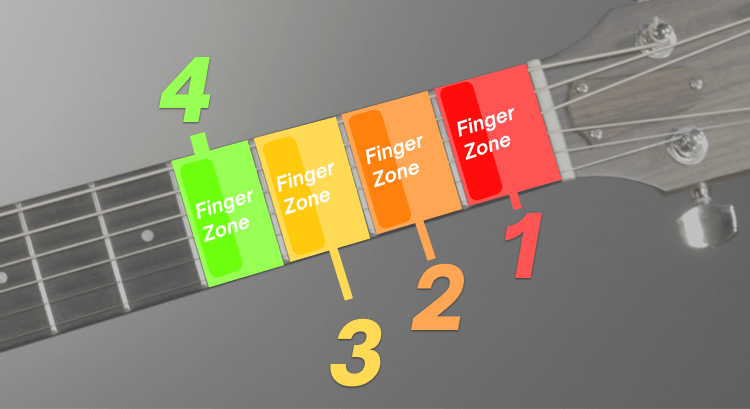
Using the two diagrams above, you’d be putting your first finger on the blue, fifth string in that orange finger zone of the second fret.
All set? Good! Let’s keep going!
Put your second finger on the third fret of the sixth string.

Next, put your third finger on the third fret of the first string.
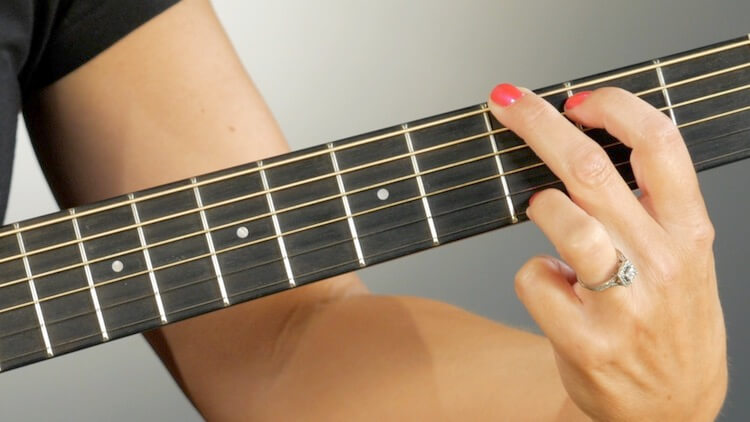
This can be a bit of a stretch–you’ve got your second finger on the sixth, thickest string, and then your third finger is all the way across the fretboard, on the first, thinnest string.
Strum all six strings.
Does it sound good? Great!
Any buzzing? Totally normal. Read on for some tips to help you get a nice, clean sound.
The G chord is one of the first chords where most beginners have to stretch their fingers all the way up to the sixth string (the one furthest away from the floor).
That can make it tricky to keep the meaty part of your fingers from touching the strings. The solution? Curve those fingers.
Take a look at this moment from Anna’s lesson on G major, as she starts placing her fingers:
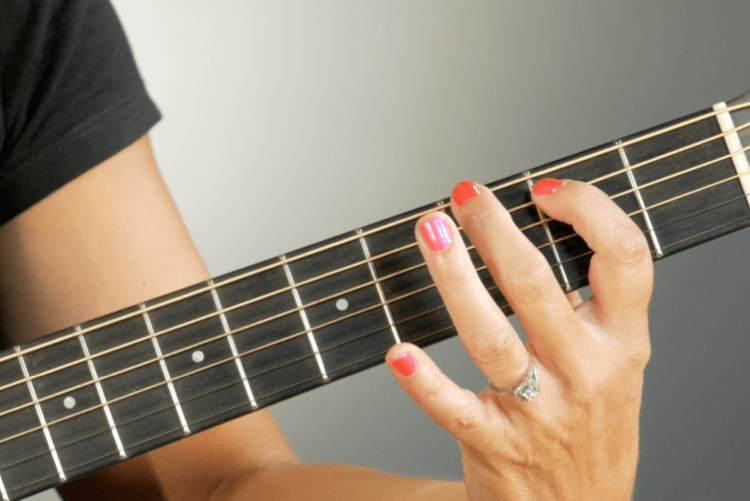
Those fingers are curved. Imagine you’re holding an egg in the palm of your hand. Your thumb is on the back of the neck, and your fingers curve around so that just the tip is placed on the string.
This keeps the meaty part of your fingers from blocking other strings.
Buzzy strings? Try moving your fingers as close to the next fret as you can.
Look how close Anna sets up:
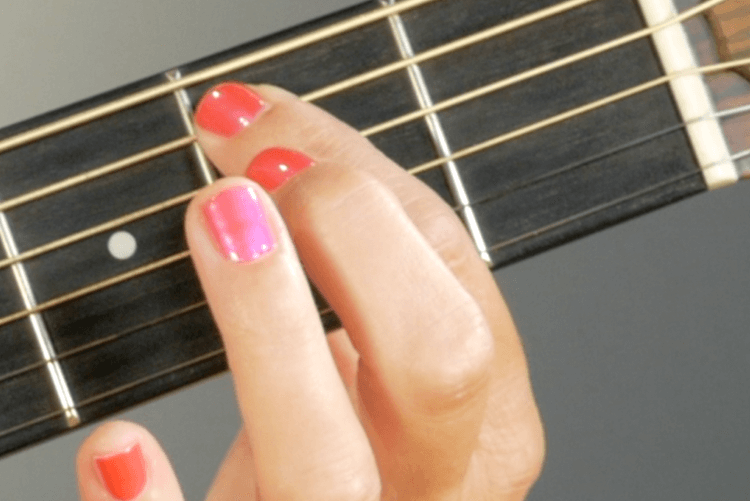
As a rule, the closer you are to the next fret, the less hard you’ll have to push down to get a nice, clean sound.
If you’re just getting started, ChordBank’s lessons can teach you the G chord, alongside all the other important chords to play your favorite songs.

You’ll learn how to reliably tune your guitar (really!), how to play the most important chords, and how to play in rhythm, all in just a few days.
You can also practice just this G major chord with ChordBank’s Chord Coach. Chord Coach listens as you play, and guides you one finger at a time to learn new chords.
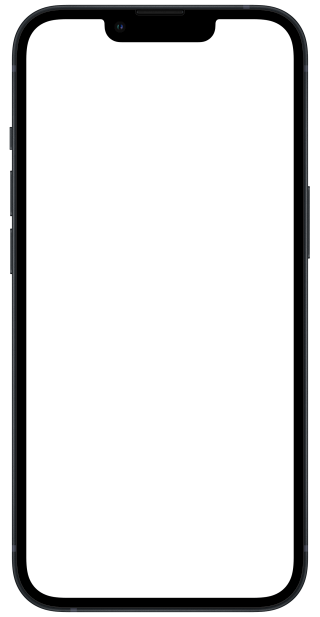
ChordBank will listen on your phone’s microphone as you play, guiding you one string at a time.
If you need some non-boring ways to feel confident playing your G chord, ChordBank has tons of drills, games, and lessons specially designed for beginners, even if you’ve never played before.
To learn chords, you’ve got to play them, get them stuck in your muscle-memory.
Learning to change cleanly between chords as you learn is such an important step on your journey from someone who has a guitar, to someone who plays the guitar.
These flashcards will help you do just that.
Get started moving from G major to C major A minor.

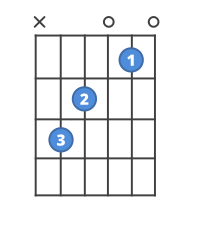
You’ll notice that the lowest two notes in each chord have the same shape, just shifted down one set of strings.
Another good place to start is with the C and D major chords.
You’ll be playing these three together often. These are a great way to start feeling comfortable changing chords.


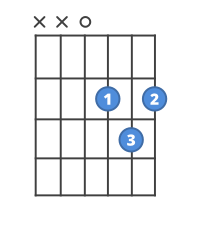
Let’s start with some games.


Try playing EmojiHunt or ChordPOP! while taking your fingers on and off the strings. ChordBank will listen to your iPhone’s microphone, and fire darts, or uncover letters as you play.